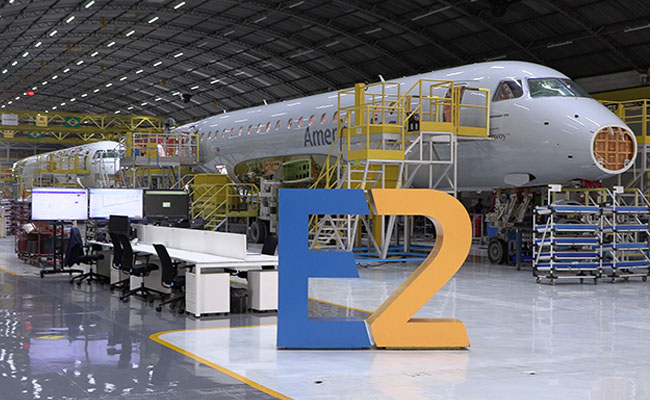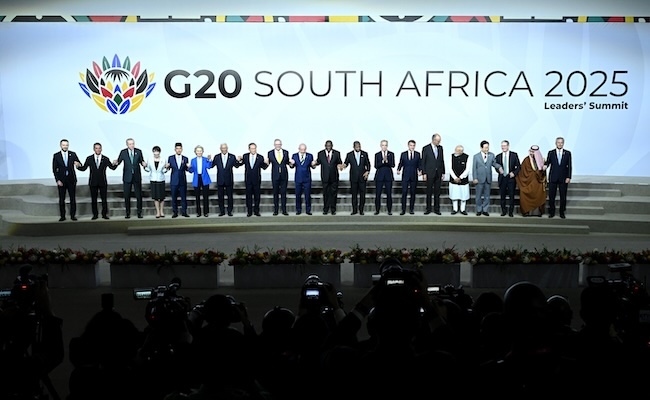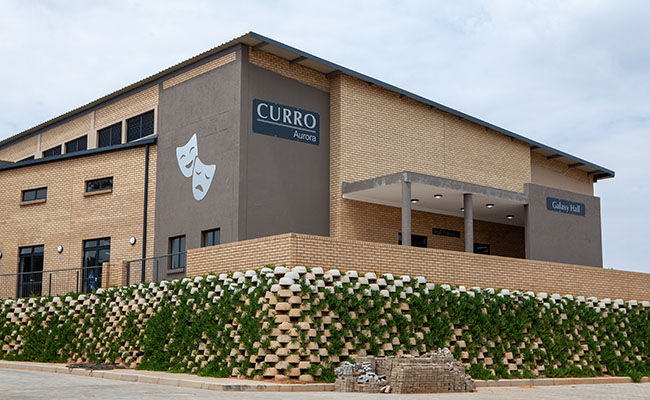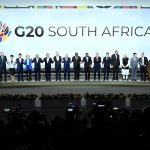When visitors step through the gates of Embraer’s Colégio Embraer Juarez Wanderley, they aren’t entering an elite private academy but one of Brazil’s most visionary industrial experiments.
The school is based north of São Paulo in the fast-growing sister city of São José dos Campos.
Here, in spotless laboratories and quiet classrooms, teenagers from some of the country’s poorest families are preparing for careers in aerospace, engineering and advanced manufacturing – all tuition-free.
More than 2,000 apply annually, but only 160 are accepted into the school every year. Embraer, Brazil’s state airplane manufacturer, launched the school in 2002 when it became apparent engineers were in short supply. The concept is simple: catch them young.
It is a model of long-term thinking that stands in sharp contrast to South Africa, where the collapse of public technical education has left the country unable to replace the generation of engineers and designers who once powered its own aircraft industry.
In the 1980s and 1990s, South Africa’s Denel Aviation, which was born from the state arms manufacturer Armscor, produced one of the most capable attack helicopters of its era, the Rooivalk. It was a symbol of home-grown innovation, designed and assembled by South African engineers who, despite sanctions and isolation, managed to create a world-class machine.
But those days are gone. Successive waves of emigration, underfunding and corruption have hollowed out Denel’s technical base. Many of its senior engineers left for the Middle East, Europe and Asia. Others retired early, taking decades of intellectual capital with them.
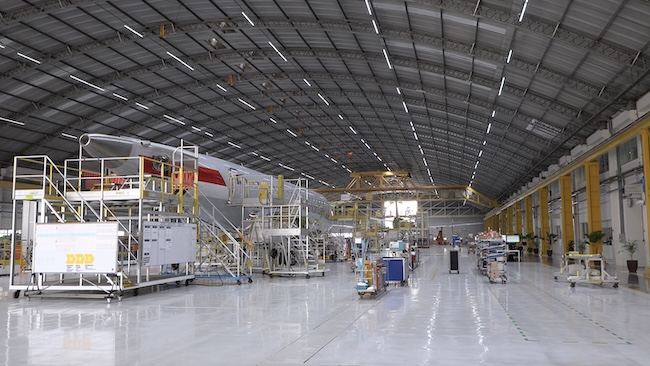
Aviation outsider no longer
By contrast, Brazil – once considered the developing world’s aerospace outsider – has built a globally competitive industry anchored in education, planning and partnerships.
The Colégio Embraer Juarez Wanderley was, in fact, part of Embraer’s social-investment arm, offering a full secondary curriculum with a heavy emphasis on STEM. Crucially, it recruits students from lower-income backgrounds through competitive exams and aptitude tests, ensuring that opportunity, not privilege, determines entry.
The school’s graduates consistently rank among Brazil’s top university entrants, many continuing into aeronautical engineering or materials science, often returning to Embraer as interns or full-time engineers.
“It’s not just a school,” says Embraer’s corporate communications manager Ricardo Santos. “It’s an investment in Brazil’s future engineers. We started it because we realised we couldn’t rely on the system alone to give us the skills we’d need 20 years from now.
“These young people come from very different backgrounds, some of them from favelas. When you talk to them, they’re already speaking about design, propulsion, systems integration. That’s the point, education as industrial policy.”
Embraer covers tuition, meals and transport as a mechanism for industrial continuity.
For South Africa, the implications are stark. While Embraer’s school channels hundreds of students a year into technical universities, South Africa’s pipeline has largely dried up. The country’s once-robust technical colleges have been replaced by under-resourced TVET institutions, many unable to teach even basic electronics. University engineering faculties face chronic underfunding and a steady brain drain.
Unlike the Brazilian example, the brightest engineering minds leave South Africa for greener pastures. While the TVET system can boast of successes, what is lacking, says Vusi Mavimbela, South African ambassador to Brazil, is a proper aviation-based pathway.
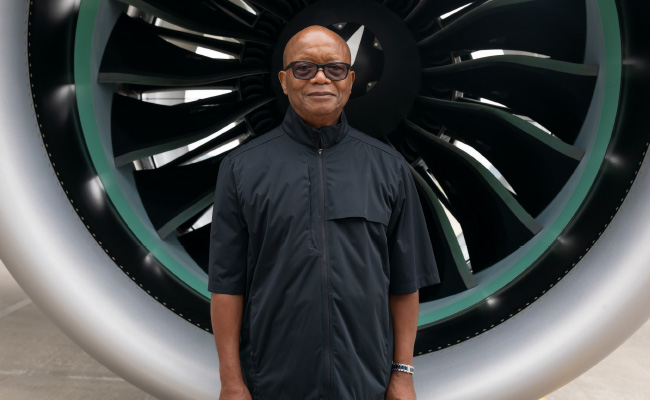
The result is a widening gap between ambition and capacity. Government white papers still talk about becoming “a manufacturing and innovation hub”, but the local aerospace sector depends on imported components and ageing skills.
And now, with a certain irony, one of South Africa’s airlines, Airlink, symbolises the technical ambition the state has lost. Its acquisition of Embraer’s E195-E2 jets marks both progress and dependence: a South African success story, only powered by Brazilian engineering.
Airlink’s chief commercial officer Katherine Whelan flew to Brazil in October to attend the handover of the first of 10 new Embraer E195-E2 aircraft the airline has leased.
“For us the E2s are a natural evolution,” she said on the sidelines of the handover ceremony.
“They give us range, efficiency and reliability in markets that are still developing. Brazil understands that reality. We’ve both had to build connectivity across huge geographies with limited infrastructure.”
Airlink is leasing the aircraft through Fort Lauderdale company Azorra. The E195-E2 is a narrow body, single-aisle plane that seats up to 136 passengers in a two-by-two layout. The aircraft has a range of more than 5,500km, which brings more international routes into focus.
Both Brazil and South Africa are Brics members, but only one has built a self-sustaining aviation manufacturing ladder. At the São José dos Campos campus, the idea of connecting continents in STEM development was entertained.
South African government representatives are interested in copying the model.
“We’re already in conversation with universities in South Africa,” said ambassador Mavimbela, who joined the tour.
“The idea is to create pathways like internships, exchange programmes, mentorship, that can feed back into the continent’s own industry. The potential is enormous if it’s co-ordinated.”
Mavimbela sees that as both opportunity and warning.
“Walking through the school you can see what happens when you join integrity with ambition,” he said. “It’s not about ideology, it’s about competence. Brazil has managed to make industry and education pull in the same direction.”
“I wish South Africa could learn from this,” he said.
Mavimbela had made a similar point earlier this year when opening South Africa’s G20 anti-corruption forum in Brasília. “Integrity attracts investment,” he said then, “and competence keeps it. Brazil’s aerospace story proves the two are inseparable.”
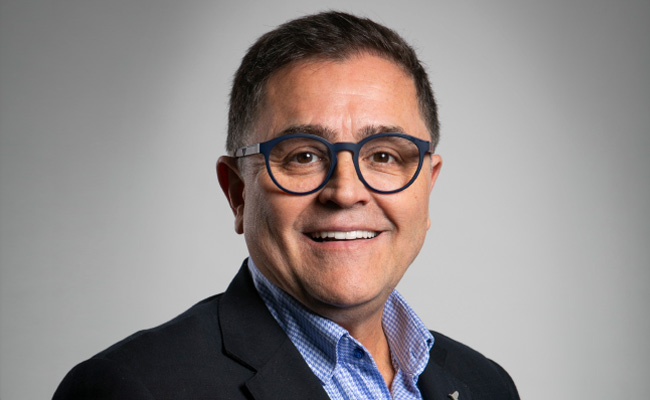
Boom time for air-travel
According to the International Air Transport Association, Africa’s air-travel market is projected to grow 5.7% per year over the next two decades, adding more than 200-million passengers by 2040. The African Airlines Association says intra-African traffic is now expanding twice as fast as intercontinental routes, fuelled by new regional carriers and rising tourism. Yet nearly all that capacity is imported.
Stephan Hannemann, Embraer’s SVP of sales and marketing, calls it “the most exciting underserved market in the world”.
“There’s no shortage of demand,” he says, “only a shortage of engineers and policy consistency. If Africa can fix those two things, it will be unstoppable.”
Embraer’s approach shows how industrial strategy and social investment can reinforce each other. By running its own high school, the company not only changes lives but also secures its talent pipeline.
“The government keeps a golden share,” Hannemann explains, “but it doesn’t interfere. We’re run by professionals. That’s been critical to keeping innovation alive.”
The contrast with South Africa’s cadre-deployment culture hardly needs stating. At Denel and other state firms, politics has trumped competence, eroding confidence and skills alike.
Brazil, meanwhile, couples autonomy with stability. The state-owned BNDES bank finances exports, for example, while education ministries accredit Embraer’s curriculum as a model public-private partnership. The result is a self-reinforcing cycle: educated youth, employable graduates, and sustained innovation.
“Industry and education talk to each other here,” Mavimbela observed during the visit.
The lesson from Brazil is simple: industrial innovation begins in the classroom and survives only when competence outranks politics.
While the country may be wracked by political tension between socialists and populists, when it comes to Embraer, Brazilians appear to be unified.
Then there’s the added benefit that Embraer’s commercial success has brought investors other than the Brazilian state; the listed company made $191.8m in second-quarter earnings before interest and tax, and it has an order backlog worth $29.7bn. No wonder the shares have gained more than 1,000% in the past five years.
As Embraer executive vice-president and CFO Antonio Carlos Garcia puts it, “we represent the very best of Brazil”.
The writer’s trip to São José dos Campos was courtesy Airlink.
Top image: supplied.
Sign up to Currency’s weekly newsletters to receive your own bulletin of weekday news and weekend treats. Register here.



